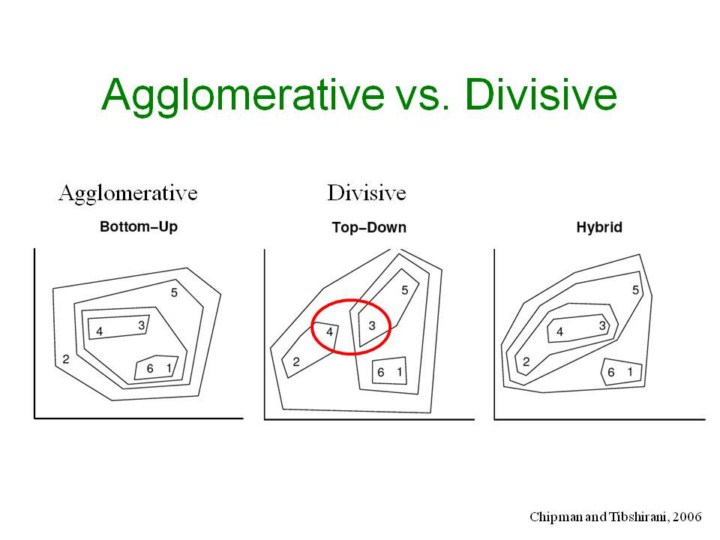| front |1 |2 |3 |4 |5 |6 |7 |8 |9 |10 |11 |12 |13 |14 |15 |16 |17 |18 |19 |20 |21 |22 |23 |24 | 25|26 |27 |28 |29 |30 |31 |32 |33 |34 |35 |36 |37 |38 |39 |40 |41 |42 |43 |44 |45 |46 |47 |48 |49 |50 |51 |52 |53 |54 |review |
 |
The hybrid clustering method that combines the strengths of bottom-up hierarchical clustering with that of top-down clustering. The first method is good at identifying small clusters but not large ones; the strengths are reversed for the second method. The hybrid method is built on the new idea of a mutual cluster: a group of points closer to each other than to any other points. Theoretical connections between mutual clusters and bottom-up clustering methods are established, aiding in their interpretation and providing an algorithm for identification of mutual clusters. We illustrate the technique on simulated and real microarray datasets.
A mutual cluster is defined as a group of objects collectively closer to each other than to any other object. In this paper, we illustrate how this technique and others can be used to help interpret existing bottom-up clusterings, and to produce more effective hybrid hierarchical clusterings. |